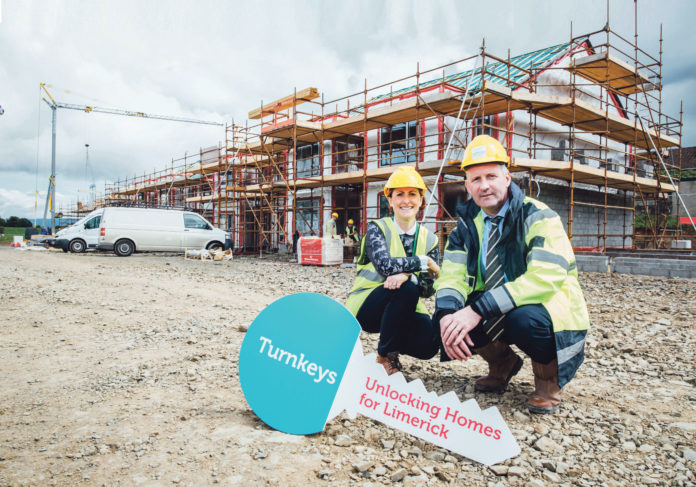
A TOTAL of 654 new homes were added to Limerick’s housing stock in the twelve months to the end of June.
That’s according to figures released by GeoDirectory, which also showed that 409 new residential buildings were under construction in Limerick on June 30.
Dear Limerick Post Reader
You've enjoyed 12 articles with us this month!
To continue reading kindly subscribe to our service.
Thank you for your support!
If you already have an account Sign in
What you get
- ✓ Ad-free
- ✓ Access to all premium content









